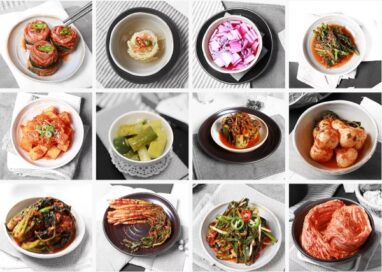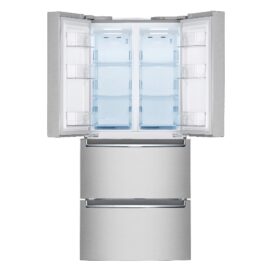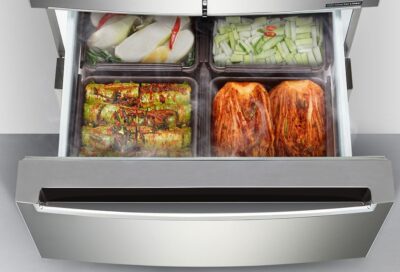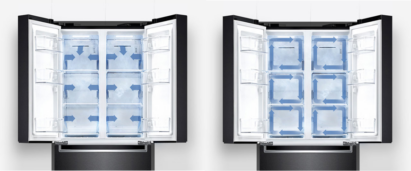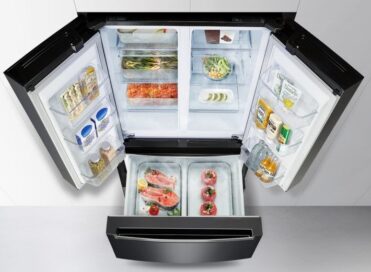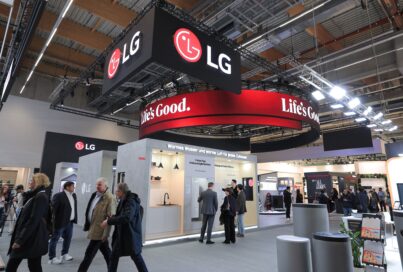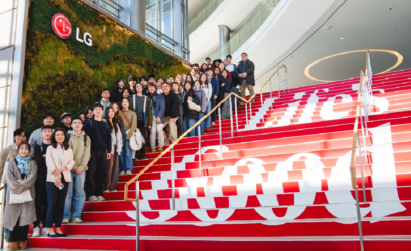THREE REASONS YOU NEED A SPECIALTY (KIMCHI) REFRIGERATOR IN YOUR LIFE
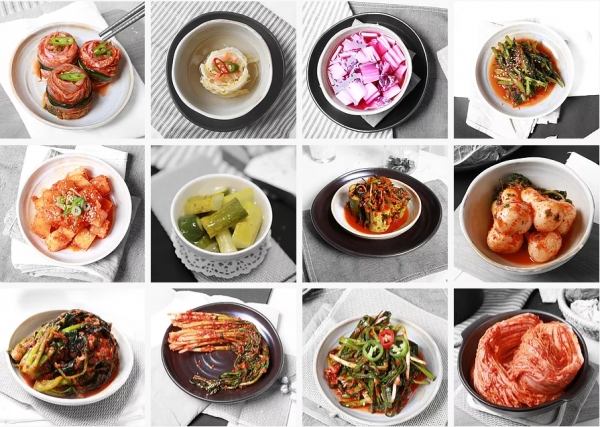
Photo Credit: casenews
According to the United Nations, about 1.3 billion tonnes of food is wasted each year globally, equivalent to one third of all the food produced for human consumption. The amount of food wasted is more than enough food to feed all the hungry people in the world, more than 800 million mouths! 1
It is a sad fact that so much food is wasted rather than enjoyed due to the limitations of getting food from where it is to where it needs to be. But individuals can do their part to reduce the amount of food that goes bad. In fact, there is a technology that can help you be a part of the solution and not part of the problem.
Introducing the specialty refrigerator, more familiarly called a “kimchi” refrigerator in Korea, its country of origin.
Some may scoff at the idea of an appliance dedicated to just one type of food but to many Koreans, a kimchi refrigerator is no different than a bread maker, toaster or rice cooker.
Just bigger.
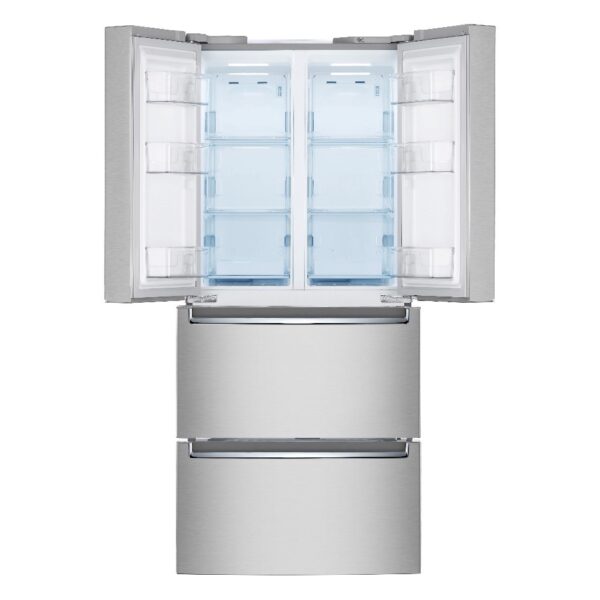
To understand the popularity of a specialty refrigerator originally designed for kimchi requires an understanding of kimchi in Korean’s culture. Kimchi, like sauerkraut and french fries, is a side dish and not meant to be eaten without a main rice or noodle dish. Most non-Koreans may not be aware that there are many different kinds of kimchi. In fact, kimchi can be any fermented vegetable with seasoning and was a way for Koreans to enjoy vegetables year-round before the appearance of refrigerators. Kimchi goes back 3,000 years ago but the type that most people think of when they hear “kimchi” is made of cabbage and was popularized in the early 1600s, with the commercialization of peppers. Back then, kimchi was dipped in salt inside a pottery jar, then buried underground for more thorough fermentation.
When Koreans began to urbanize, there was nowhere to bury and store homemade kimchi for all-year consumption (traditional Koreans today still make kimchi just before winter when cabbage is freshest and most plentiful). Storing kimchi in the family refrigerator meant there was little space for anything else. Hence the need for a separate kimchi refrigerator.
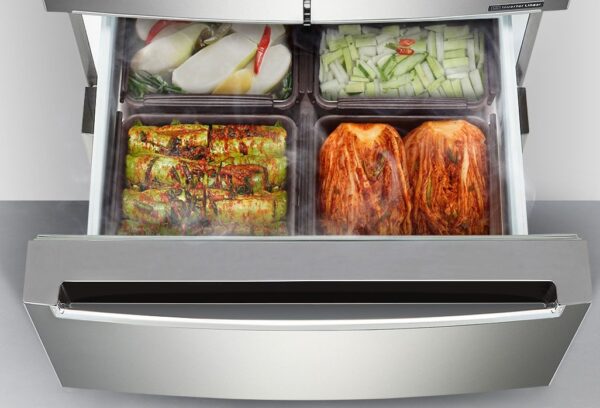
Here are three great reasons why everyone should consider an LG specialty refrigerator for their kitchen:
1. Preserved Foods Taste Better
Not everybody likes kimchi. But if you do, the compartments of the refrigerator feature the company’s exclusive Kimchi L mode, which is great for storing fermented foods but is also excellent at preserving the texture, taste and distinctive flavors of both dry- and wet-aged meat products such as salted pork, cured ham, prime beef and even a fillet.
While conventional refrigerators might be adequate for keeping kimchi edible for a few months, regular fridges were not designed with fermented foods in mind. Invoking Kimchi+ mode in LG’s specialty refrigerators increases the production of lactic acid bacteria (of which Leuconostoc 2 and the right amount of Lactobacillus are believed to be the key players in kimchi fermentation) by 57 times compared to normal storage mode. 3 This refrigerator can store cheese, pickles, yogurt and sauerkraut perfectly, separately in different compartments.
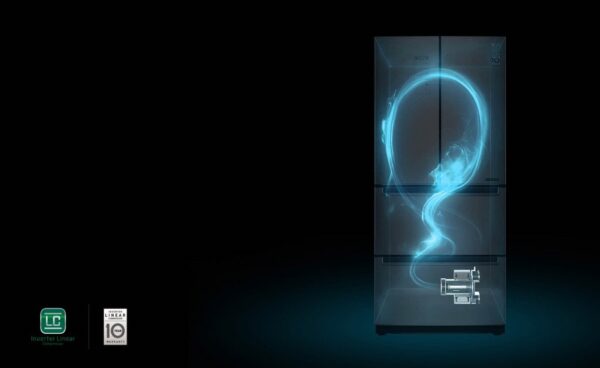
2. Longer Freshness
Kimchi refrigerators aren’t just about kimchi anymore. In fact, sales of specialty kimchi refrigerators in Korea continue to increase every year even though more Koreans are buying kimchi from the supermarket, negating the need for year-long kimchi storage. This is because Korean families have discovered how good specialty refrigerators are for storing other foods longer than in a typical refrigerator without having to freeze them. Whether it’s vegetables, fruits, cheeses, eggs or bread, a specialty refrigerator does a better job keeping stuff fresher longer.
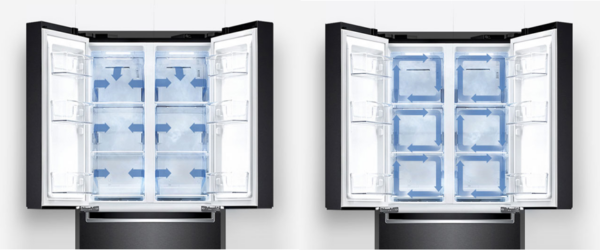
Case in point, LG’s specialty refrigerator, is 32 percent more efficient than a conventional reciprocating compressor 4 due to LG Inverter Linear Compressor’s more precise temperature control. Specially designed Fresh Covers and Fresh Lock Covers seal in cool air, while thicker insulation further aids in minimizing temperature fluctuations. What’s more, LG’s Cooling Care supplies cold air every 6 minutes through 20 air vents located throughout the refrigerator to keep the internal temperature consistent and reduce fluctuation.
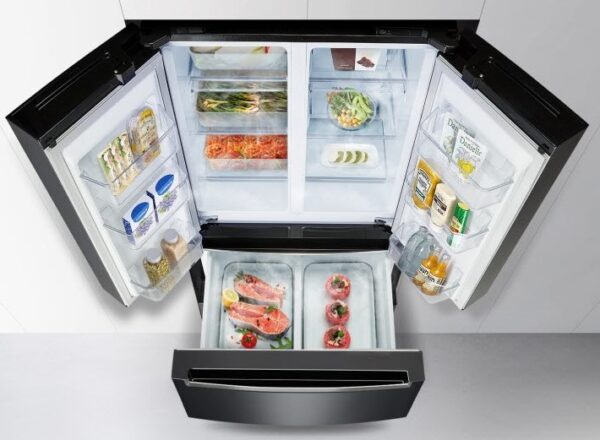
3. Adjustable for Everyone
Each CustomChillTM Section in LG’s fridge can be individually controlled and comes with various temperature presets for user convenience. With this sort of flexibility, families can designate one section for mom and dad, another for the kids’ snacks, and keep the remaining compartments free for different types of foods. Separate compartments also mean you can keep fruits and vegetables separate to prevent premature riping due to the release of ethylene gas, which speeds up ripening. And each compartment features a deodorizing filter to minimize the mixing of food odors.
With LG’s ingenious specialty refrigerator, you can worry less about that expiration date and enjoy your meals more knowing that your food has been well taken care of in storage.
# # #
1 Source: https://en.reset.org/knowledge/global-food-waste-and-its-environmental-impact-09122018
2 As certified by World Institute of Kimchi.
3 Based on tests conducted at Chosun University comparing the amount of Leuconostoc present in kimchi stored at 25 degrees Celsius (77 degrees Fahrenheit) for a period of 14 days on Kimchi+ and Kimchi M modes. Further tests conducted at Chosun University comparing the amount of Leuconostoc present in kimchi stored at 25 degrees Celsius (77 degrees Fahrenheit) for a period of 14 days on Kimchi+ and Kimchi M modes. Results may vary in actual usage.
4 Compared to a refrigerator with conventional LG reciprocating compressor. Based on VDE testing comparing energy consumption between LG model GBB530NSCXE (Recipro Compressor) and GBB530NSQWB (Inverter Linear Compressor). Energy consumption test based on ISO 15502 standar
